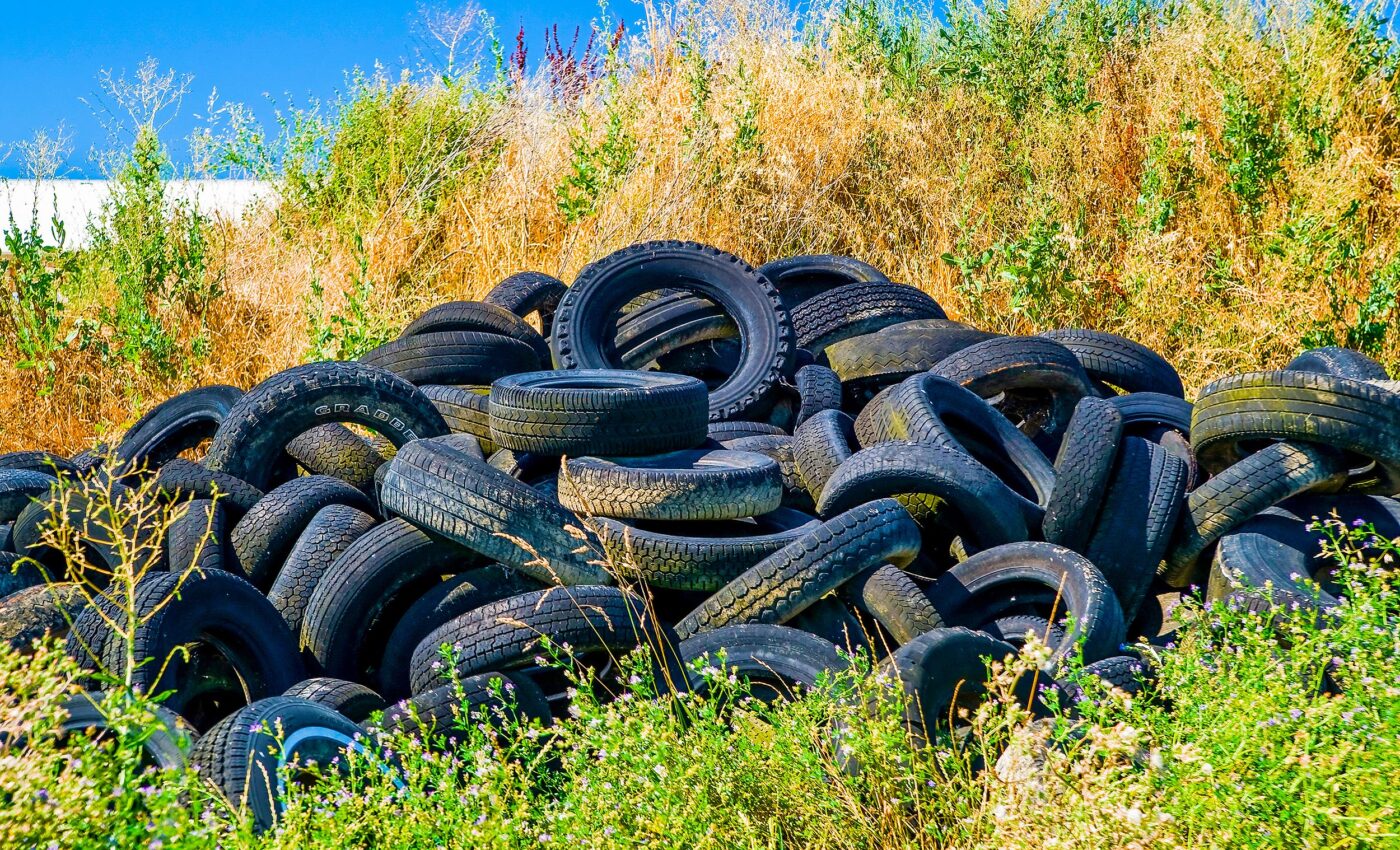
Car tires shed pollutants that are especially toxic for humans and wildlife
Recent research has raised significant concerns about the environmental impact of plastic pollutants originating from common road tires.
A study, spearheaded by the University of Exeter and the University of Plymouth, reveals these microparticles should be considered a high concern pollutant, especially in areas heavily contaminated, where they may surpass chronic safety thresholds.
The toxic impact of tire pollutants
The research team delved into the chronic toxicity of particles and chemical leachates emanating from a variety of popular tire brands.
Their focus extended to the impact these substances have on small planktonic crustaceans, specifically the water flea (Daphnia magna).
The findings were alarming, to put it mildly. The tire-derived pollutants adversely affected both the reproduction and development of these water fleas, which also showed visible particle ingestion within their digestive tracts.
The study also shed light on the leachates — liquids that seep through tire material, carrying harmful chemicals.
Notably, these leachates contained high levels of zinc, titanium, and strontium, along with numerous organic chemicals.
Recognizing the hazard
Of the plethora of organic chemicals identified during the research, over 50 were detected across all five tire brands examined. Alarmingly, many of these chemicals were categorized as highly toxic.
This comprehensive research underscores the hazardous nature of tire particles, highlighting them as pollutants of significant concern.
These particles, the researchers suggest, could be close to, or even exceed, chronic environmental safety limits in some regions.
Lead author Paul Boisseaux, from the University of Exeter, commented on the complexity of this issue, saying, “Tires exert a complex toxic pressure to wildlife because they release plenty of toxic chemicals as well as tiny particles that can be ingested, so both chemical and physical effects are occurring.”
The ubiquity of tire usage, essential to modern transportation, underscores the urgency of this issue. The global tire industry, growing by approximately 3% annually, generates tire-tread particles during roadway use that significantly pollute the environment.
It is estimated that about 18% of these particles eventually reach freshwater systems, and 2% find their way into estuaries.
Growing and global environmental challenge
Previous studies hinted at environmental concentrations of these particles, but their toxicological impact on aquatic organisms was less understood.
To address this, the research team utilized several globally recognized tire brands to create a tire tread microparticle mixture.
The toxicity of both the particles and the chemical leachates was then tested on the water flea over a three-week period.
Surprisingly, the study found that pristine tire tread microparticles were more toxic than the chemical leachates alone.
Professor Richard Thompson OBE FRS, Head of the International Marine Litter Research Unit at the University of Plymouth and co-author of the study, emphasized the gravity of the findings.
“Our previous work has shown that road debris is a major source of microplastics in the environment. In recent years, we have been working with partners across research and industry to determine how those particles distribute and their potential to cause harm,” Thompson explained.
“This new study is of key importance because it demonstrates the potential for harmful effects on an aquatic invertebrate species, at concentrations similar to those we have recorded near to roads in the UK. It is clearly an area we need to explore further,” Thompson concluded.
Path forward: Fighting toxic tire pollutants
In summary, this pivotal research presents a clear and urgent call to action regarding the environmental hazards posed by tire pollutants.
Uncovering the significant toxic impacts these particles have on aquatic life, particularly on crucial species like the water flea, it highlights an urgent need for regulatory attention and further scientific exploration.
The findings challenge the global tire industry to consider more sustainable practices, while encouraging policymakers and environmental agencies to formulate strategies that mitigate this under-recognized but significant environmental threat.
As we continue to rely on tires for transportation, understanding and addressing their environmental footprint becomes imperative for the health of our ecosystems and the future of our planet.
The full study was published in the Journal of Hazardous Materials.
—–
Like what you read? Subscribe to our newsletter for engaging articles, exclusive content, and the latest updates.
—–
Check us out on EarthSnap, a free app brought to you by Eric Ralls and Earth.com.
—–













